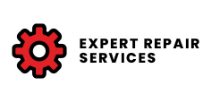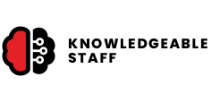Calibration Weights
Calibration weights are a crucial component of proper scale calibration. Calibrating a scale against a known documented weight ensures that it is performing as it should and is accurate to the manufacturer’s stated specifications. The scale weights used for the calibration need to be of proper accuracy and weight class. Generally, it is recommended that the accuracy of the calibration weight be at least equal to 1/3 the readability of the scale. Ideally, several different weight values should also be available for the test. What calibration weight class do I need?
Calibration weights, also commonly referred to as test weights, each have a class assigned based on their accuracy or tolerance. There are multiple governing bodies that determine weight classes, including ASTM, NIST, and OIML, and each has different requirements. To determine which one is right for your application, check out our in-depth calibration weight class guide where we explore ASTM and NIST classes, which are the most commonly used systems in the United States. To make it even easier, many manufacturers provide the class and weight of the preferred calibration weight for your scale. This information is typically found in the product specs or data sheet.
Refer to your owner’s manual or contact one of our Scales Plus representatives if you need further help finding the right calibration weights for your needs.




